Drool Rash vs Eczema: How to Tell the Difference
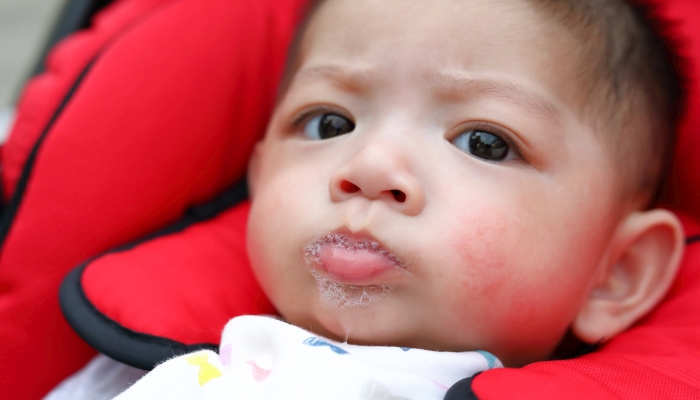
This post may contain affiliate links; please see our terms of use for details.
- Drool rash is characterized by red, irritated patches on a baby’s mouth, chin, chest, neck, and cheeks.
- Baby eczema is characterized by red, dry, weepy, or cracked skin on a baby’s skin, including their face, forehead, cheeks, or scalp.
- You can prevent drool rash by limiting the amount of contact your baby’s drool has with their skin.
Do you have a little one with a bothersome rash on their face or neck? Do you notice slightly raised, red bumps in patches?
Infants often pop up with rashes of all sorts. It can be concerning when you don’t know the culprit of the rash. When you notice red patches all over their chubby cheeks and around their sweet little lips, you might wonder what’s behind this unpleasant rash.
If your baby is cutting new teeth, this mystery rash may be a drool rash.
Drool rashes are common among teething babies, as babies naturally drool more often during teething. And all of the saliva and wet skin puts your baby at risk for drool rashes and skin irritation.
However, a drool rash can also be mistaken for eczema. The similarities between baby drool rash and eczema are so close, it can be hard to know for sure!
But don’t worry, we’ll help you confidently address your child’s rash as you learn the difference between drool rash vs eczema.
What is Drool Rash?
Drool rash is characterized by red, slightly raised patches on a baby’s skin. These patches most commonly appear around a baby’s mouth, chin, and cheeks. They might also be seen on a baby’s chest or in the neck folds. The affected area often looks dry or chapped and might have areas with slightly raised bumps.
Drool rash is accompanied by excessive saliva and may appear as early as 3 months old when a baby’s saliva production increases. You might also notice that your baby’s drool rash develops at the same time they start teething. This is due to the excessive amount of baby drool that comes with new teeth.
What is Eczema?
Eczema is a skin condition sometimes known as atopic dermatitis. This condition is characterized by red, dry, irritated skin. In cases of severe eczema, you might also notice symptoms like weepy-looking skin, oozing sores, or cracked skin. Atopic dermatitis commonly appears sometime in the first six months of a baby’s life.
Baby eczema often appears on a baby’s face, skin, forehead, cheeks, or even on a baby’s scalp. As your little one grows and starts crawling, eczema might spread to their knees and elbows.
The only place you won’t find eczema is in the diaper region. This is due to the moisture level that keeps eczema away.
Research shows that 75% of children with eczema will also exhibit hay fever symptoms like itchy, watery eyes, stuffy or runny nose, or ear pressure. If your child has some or all of these symptoms along with skin dryness and an itchy rash, talk to your child’s pediatrician.
Is Drool Rash the Same as Eczema?
While drool rash and eczema have many similarities, they’re not the same. Both are skin conditions known to cause irritated red patches and can appear in infants. However, the symptoms, causes, and treatments differ widely. Learning the differences will help you quickly identify drool rash and start treatment.
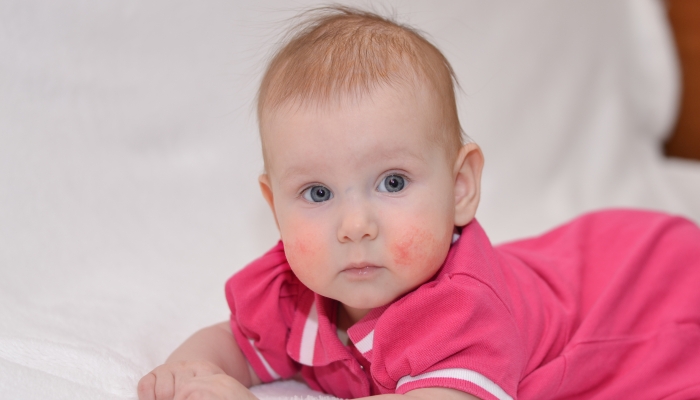
Why Do Babies Develop Drool Rash?
Drool rash may develop when your baby’s sensitive skin is left in contact with too much saliva. The baby drool causes irritation over time to their already sensitive skin. This is why drool rash is found in areas like a baby’s chin, cheeks, and mouth. A pacifier or teething ring can also cause drool rash as the saliva is kept in close contact with the baby’s mouth.
Food that comes into contact with your baby’s drool rash can further irritate the skin, making the rash worse. It’s important after feedings to make sure the skin is free of any food. Other irritating ingredients can make baby drool rash worse, like scented baby wipes or baby lotions.
Also, babies drool excessively when they are getting new teeth. Though teething is not the direct cause, your baby’s drool during teething might be the culprit of the rash.
Why Do Babies Develop Eczema?
Doctors don’t yet fully understand what causes eczema. Research suggests it may be related to genetics. Many babies with eczema have a family history of eczema or hay fever.
There’s also research that suggests that eczema stems from an immune response to allergens. Babies might develop eczema as a result of environmental irritants or food allergies. This could mean that the baby’s rash is a symptom of their immune response to a trigger.
Food and environmental allergens are both factors that can trigger eczema. The National Eczema Foundation states that one-third of kids who have eczema also have food allergies.
Drool Rash vs Eczema: How to Tell the Difference
Drool rash is a temporary rash caused by excessive saliva production. The red patches stay in areas on your little one’s skin where drool is present, such as your baby’s face and neck. While the red patches can be irritating, they do not become cracked or blistered. You can manage drool rash by reducing saliva contact with your baby’s skin.
Eczema has several possible causes often relating to the person’s immune system or genetics. There are many triggers for eczema, including food and environmental allergens, low humidity (leading to dry skin), sweat, and skin irritants such as scented perfumes and cleansers.
Eczema also causes your baby’s skin to itch, making your baby uncomfortable. If you notice your baby scratching their head or body frequently, talk to their pediatrician.
No cure for eczema exists as of yet, but there are many over-the-counter options for managing symptoms.
The following differences can help you distinguish drool rash vs eczema:
| Drool Rash | Eczema | |
|---|---|---|
| Causes | Excessive saliva | Immune Response or Genetic Condition |
| Symptoms | Dry, irritated, red patches on baby’s neck or face | Dry, cracked, blistered, or weepy red skin on neck, face, scalp, elbows, or knees |
| Responds to | Managing saliva contact or applying petroleum jelly | Check with your pediatrician |
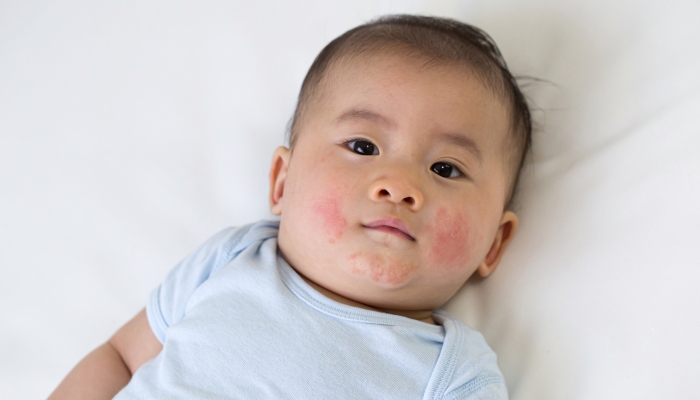
How to Treat Drool Rash
You can treat and prevent drool rash at home by limiting the amount of contact your baby’s drool has with their skin. Try using bibs to absorb saliva and changing the bibs frequently.
Keeping your baby’s skin clean and completely dry is key if you want to prevent a drool rash. Gently wash your baby’s face with warm water and a cloth 2 or 3 times a day to remove excess saliva or smeared food left on your baby’s drool rash. When finished, gently pat dry.
Here are some other steps you can take to treat and prevent drool rash:
- It is important not to rub the affected area or use harsh soaps. These might irritate your baby’s drool rash even further.
- Applying a thin coat of petroleum jelly to your baby’s cheeks, neck, and chest will create a protective barrier from baby drool. This barrier will block out moisture and soothe dry skin. Be sure to gently wipe away any excess ointment, especially around your baby’s mouth.
- Reduce the amount of time your baby uses a pacifier or teething toys. This will limit the time your baby’s skin spends in contact with their own saliva.
- It is also important to avoid any irritating substances that may worsen the drool rash. Consider switching to dye free and fragrance free products for your home and your baby’s skin.
- 100% Muslin Cotton: Soft and breathable fabric ideal for delicate skin.
- Highly Absorbent: Quickly soaks up messes and dries fast for repeated use.
- Generous Size: At 20” x 10”, they provide full coverage for both baby and caregiver.
- Thoughtful Gift: A practical and stylish gift for baby showers or holidays.
- Try to keep your baby’s skin dry in order to prevent drool rash. Keep a clean, dry burp cloth handy for continual wiping of saliva.
If your baby’s skin remains irritated, consult with your pediatrician.
When to See a Doctor
If your baby has any of the following symptoms, you should see a doctor soon:
- Cracked, painful rash
- Oozing blisters or sores
- Looks unwell or isn’t feeding
- Fever that accompanies rash
- Rash that doesn’t heal after a week
If your baby develops a rash and has difficulty breathing along with it, this could be a sign of a severe allergic reaction such as food allergies. This is a medical emergency and you should seek medical attention immediately.
FAQs
Does drool cause eczema?
Drool does not cause eczema. However, drool can make eczema worse. When a baby’s skin is already irritated, adding drool can make it much worse.
The moist environment and constant irritation may create more redness and itching.
How long does a drool rash last?
On average, drool rash takes about a week to clear up.
But a drool rash can last up until about 18 months, or until your little one stops teething. You should find reprieve during months when your baby’s drooling has ceased.
What is the difference between a drool rash and a food allergy rash?
Rashes from drool and rashes from food allergies can both appear around the mouth and face, however there are some big differences.
With major food allergies, a rash appears within minutes after a baby eats. Afterward, the baby may break out into red hives. In severe food allergies, the baby may have difficulty breathing and must be treated immediately.
There is also a second type of food allergy which takes longer to display symptoms. With this type, symptoms show after a few days and include a red rash that can be itchy, dry, or cracked.
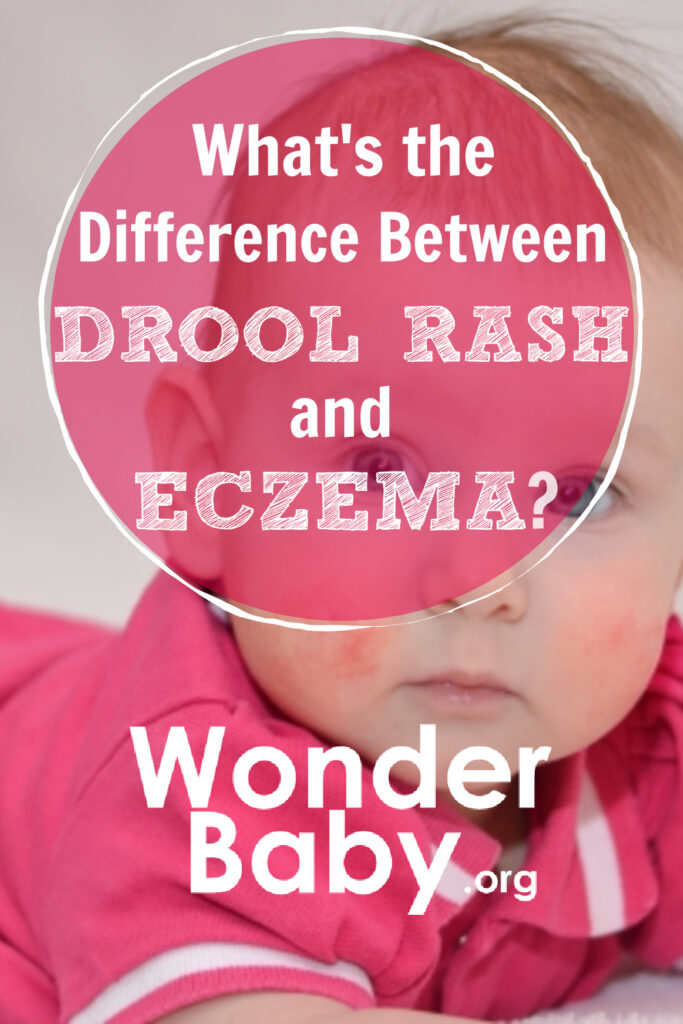
The information WonderBaby provides is not intended to be, and does not constitute, medical or other health advice or diagnosis and should not be used as such. Always consult with a qualified medical professional about your specific circumstances.
Related Posts

Eye Conditions and Syndromes, Visual Impairment
Neuralink Announces Plans to Restore Sight to the Blind with Brain Chip
Elon Musk’s company Neuralink has announced plans to begin human trials of its new “Blindsight” brain chip by the end of 2025.
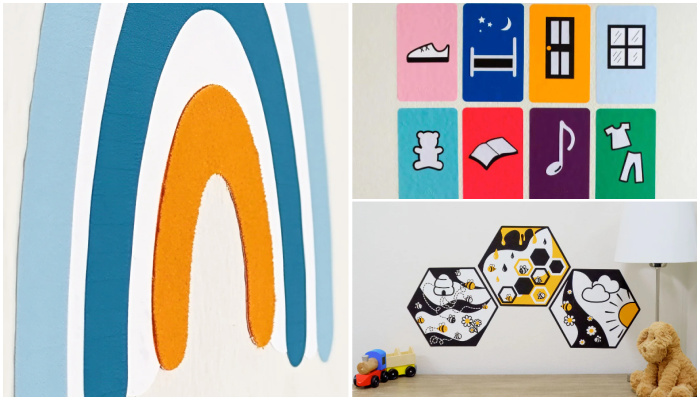
Parenting
Sensory Wall Art: 5 Tips to Create a Room Your Blind or Low-Vision Child Will Love
Even if your child can’t see their surroundings, personalizing and decorating their room with thoughtful, sensory-friendly design can make a big difference in their confidence, independence, and joy.

Parenting
4 Tips to Manage Twins Alone as a Single Parent
Taking care of twins alone as a single parent can feel overwhelming. Learn practical ways to help lighten the load.
